
U.S. Marines Outsmart AI Security Cameras by Hiding in a Cardboard Box
United States Marines outsmarted artificially intelligent (AI) security cameras by hiding in a cardboard box and standing behind trees.

United States Marines outsmarted artificially intelligent (AI) security cameras by hiding in a cardboard box and standing behind trees.
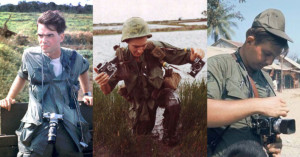
Here's a 3-minute segment that recently aired on CBS This Morning about the soldier photographers who risked their lives on the front line to document the combat in photos and videos.
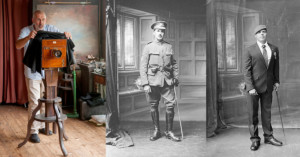
For its 2015 Poppy Appeal campaign to raise support for current and former British military personnel, the The Royal British Legion commissioned a beautiful photo project that recreates studio portraits of World War I military personnel with modern day serving and ex-service men and women.
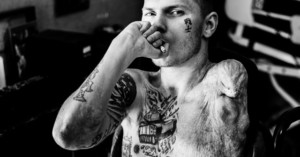
Warning: This post contains photos of injured veterans that are difficult to view.
"The Unknown Soldier" is a powerful portrait project by photographer David Jay, who spent three years visiting and photographing wounded veterans returning from the wars in Iraq and Afghanistan. The images are difficult to view, but they capture the high cost that was paid by those serving our nation.
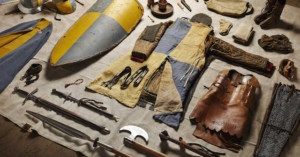
Thom Atkinson, a U.K. photographer, spent nine months working on an incredibly detailed and interesting project, titled Soldiers’ Inventories. It consists of 13 photographs, each depicting the weapons, clothing, armor, and personal items that British soldiers have worn in battle over time.
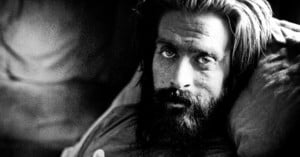
Warning: This post contains strong images of soldiers who have been injured in battle.
Photographer David Jay has documented lots of conventional beauty in his work for major fashion houses and magazines. He’s also helped the world reconsider what “beauty” means with "The Scar Project", a groundbreaking portrait series that captured young breast cancer survivors going forward with their lives.
Now Jay is tackling perhaps an even greater challenge with "The Unknown Soldier,” a powerful new portrait project that captures the post-combat lives of young soldiers seriously injured in Iraq and Afghanistan.
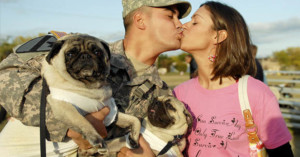
Professional photographers are often hired to capture moments in life that are memorable and emotional -- two words that aptly describe military homecomings. The number of photographers hired to shoot homecomings is reportedly growing, as more and more families are hiring professionals to document the reunions that occur when soldiers return from war.
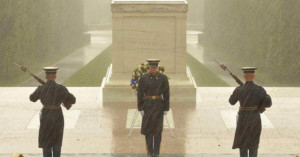
A few hours ago, the official Facebook page of the First Army Division East posted the above photograph with the caption:
Soldiers of the 3rd Inf Reg continue to stand guard at the Tomb of the Unknown Soldier, despite the worsening weather conditions surrounding Hurricane Sandy. The tomb has been guarded continuously since 1948.
The powerful photograph instantly attracted tens of thousands of Likes and Shares, and began going viral online.
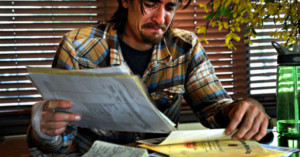
How does a Pulitzer Prize worthy photograph come into existence? For most of us the photos that are considered the best of the best each year seem somewhat untouchable; as if one has to be in the right place at the right time, and when they look down find that they also happen to have their camera on them. The truth, however, is rarely so unanticipated. In the case of Craig F. Walker's 2012 Pulitzer Prize winning series, it all began with a hike.
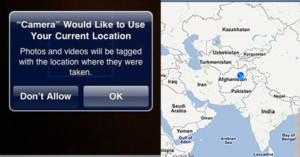
Earlier this month the US Army published an article warning its soldiers that …
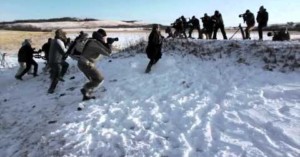
Back in May 2011, Canadian camera shop The Camera Store released …
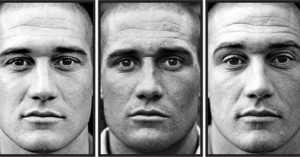
For her project titled Marked, photographer Claire Felicie shot close-up portraits of the marines in the 13th infantry company of the Royal Netherlands Marine Corps before, during, and after their deployment from 2009-2010. She then arranged the portraits into haunting triptychs that show the toll war has on a person's eyes and face.
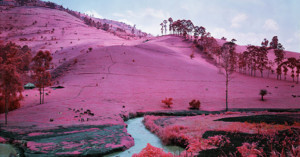
For his project Infra, photographer Richard Mosse photographed landscapes, villages, and people in Eastern Congo using Kodak Aerochrome infrared film.